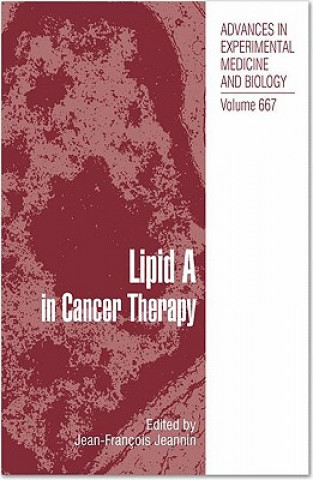
Kód: 01420682
Lipid A in Cancer Therapy
Autor Jean-Francois Jeannin
Cancer remains a major challenge for modern society. Not only does cancer rank among the first three causes of mortality in most population groups but also the therapeutic options available for most tumor types are limited. The ex ... celý popis
- Jazyk:
 Angličtina
Angličtina - Väzba: Pevná
- Počet strán: 152
Nakladateľ: Springer-Verlag New York Inc., 2009
- Viac informácií o knihe

Mohlo by sa vám tiež páčiť
-
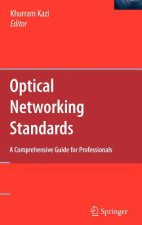
Optical Networking Standards: A Comprehensive Guide for Professionals
214.64 € -
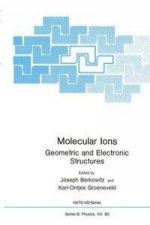
Molecular Ions
137.42 € -

Let Go of the Past and Start Having a Blast! How to Let Go of Your Painful Past and Start Living in a Powerful Present
25.08 € -

BETHESDA & CHEVY CHASE
31.84 € -4 % -

Farthest North
75.57 € -

Staré pověsti české a moravské (Adaptovaná próza)
8.49 € -14 % -

Moja prvá kniha rozprávok + CD
7.67 € -31 %
Darčekový poukaz: Radosť zaručená
- Darujte poukaz v ľubovoľnej hodnote, a my sa postaráme o zvyšok.
- Poukaz sa vzťahuje na všetky produkty v našej ponuke.
- Elektronický poukaz si vytlačíte z e-mailu a môžete ho ihneď darovať.
- Platnosť poukazu je 12 mesiacov od dátumu vystavenia.
Viac informácií o knihe Lipid A in Cancer Therapy
Nákupom získate 538 bodov
 Anotácia knihy
Anotácia knihy
Cancer remains a major challenge for modern society. Not only does cancer rank among the first three causes of mortality in most population groups but also the therapeutic options available for most tumor types are limited. The existing ones have limited efficacy, lack specificity and their administration carry major side effects. Hence the urgent need for novel cancer therapies. One of the most promising avenues in research is the use of specific immunotherapy.§The notion that the immune system may have important anti-tumor effects has been around for more than a century now. Every major progress in microbiology and immunology has been immediately followed by attempts to apply the new knowledge to the treatment of cancer. Progress has reached a point where it is well established that most cancer patients mount specific T cell responses against their tumors. The molecular identity of the antigens recognized by anti-tumor T cells has been elucidated and several hundreds of tumor-derived antigenic peptides have been discovered. Upon recognition of such peptides presented by self MHC molecules, both CD8 and CD4 T cells are activated, expand to high numbers and differentiate into effective anti-tumor agents. CD8 T cells directly destroy tumor cells and can cause even large tumors to completely regress in experimental mouse models. These observations have spurred intense research activity aimed at designing and testing cancer vaccines.§Over 100 years ago Coley successfully used intratumoral injection of killed bacteria to treat sarcomas. The important anti-tumor effects observed in a fraction of these patients fueled major research efforts. These led to major discoveries in the 80s and the 90s. It turns out that bacterial lipopolysaccharides stimulate the production of massive amounts of a cytokine still known today as tumor necrosis factor (TNF-a). They do so by engagement of a rather complex set of interactions culminating in the ligation of a Toll-like receptor, TLR -4. Ensuing signaling through this receptor initiates potent innate immune responses. Unfortunately the clinical use of both TNF-a and LPS can not be generalized due to their very narrow therapeutic margin. Importantly, synthetic Lipid A analogs have been identified that retain useful bioactivity and yet possess only mild toxicity.§The relatively large body of information accumulated thus far on the molecular and cellular interactions set in motion by administration of LPS as well as by the synthetic lipid A analogs allow to place this family of bacterially-derived molecules at the crossroads between innate and adaptive immunity. By virtue of this key position, the therapeutic applications being pursued aim at using these compounds either as direct anti-tumor agents or as vaccine adjuvants. The clinical experience acquired so far on these two avenues is asymmetric. Few clinical trials using Lipid A analogs as single anti-cancer agents involving less than 100 patients with advanced cancer have been reported. In contrast, lipid A has been tested in over 300,000 individuals in various vaccines trials, including therapeutic cancer vaccines.§Clearly most of the work needed to develop lipid A as effective anti-cancer agents and/or as vaccine adjuvant lies ahead in the near future. This book is a timely contribution and provides a much needed up-to-date overview of the chemical, biological and physiological aspects of lipid A. It should be a beacon to all those involved in this field of research.
 Parametre knihy
Parametre knihy
Zaradenie knihy Knihy po anglicky Medicine Medicine: general issues Medical equipment & techniques
217.81 €
- Celý názov: Lipid A in Cancer Therapy
- Autor: Jean-Francois Jeannin
- Jazyk:
 Angličtina
Angličtina - Väzba: Pevná
- Počet strán: 152
- EAN: 9781441916020
- ISBN: 1441916024
- ID: 01420682
- Nakladateľ: Springer-Verlag New York Inc.
- Hmotnosť: 418 g
- Rozmery: 235 × 155 × 15 mm
- Dátum vydania: 18. November 2009
Obľúbené z iného súdka
-
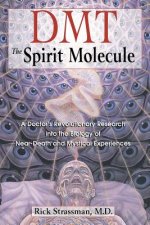
Dmt : the Spririt Molecule
15.25 € -16 % -
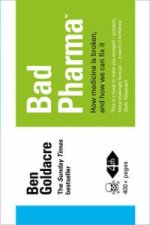
Bad Pharma
12.79 € -24 % -
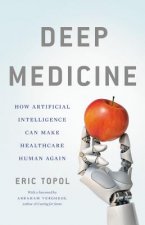
Deep Medicine
26.41 € -20 % -

Basic & Applied Concepts of Blood Banking and Transfusion Practices
136.19 € -
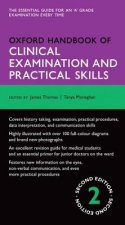
Oxford Handbook of Clinical Examination and Practical Skills
47.61 € -

Oxford Handbook of Clinical and Laboratory Investigation
50.37 € -
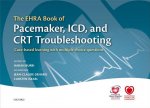
EHRA Book of Pacemaker, ICD, and CRT Troubleshooting
136.19 € -

EHRA Book of Interventional Electrophysiology
133.53 € -

Fundamentals of Biostatistics
237.58 € -

Science of Cooking
83.35 € -
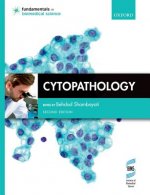
Cytopathology
73.83 € -

Comparative Physiology, Natural Animal Models And Clinical Medicine: Insights Into Clinical Medicine From Animal Adaptations
135.27 € -
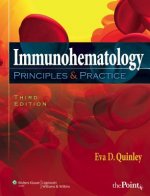
Immunohematology
140.08 € -
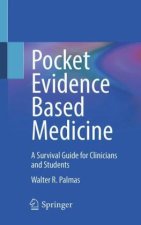
Pocket Evidence Based Medicine
60.10 € -
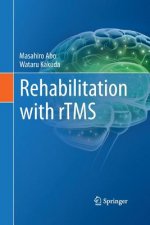
Rehabilitation with rTMS
139.57 € -

Clinical Chemistry
139.57 € -

Intraoperative Neuromonitoring
346.03 € -

Immortal Life of Henrietta Lacks
12.48 € -6 % -
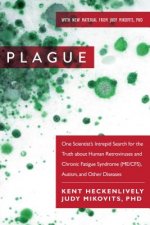
Plague
16.99 € -20 % -
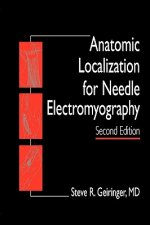
Anatomic Localization for Needle EMG
81.40 € -
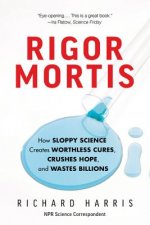
Rigor Mortis
15.35 € -21 % -
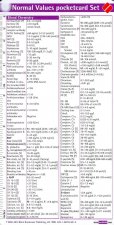
Normal Values Pocketcard
8.49 € -5 % -

Maria Treben's Cures
19.96 € -10 % -
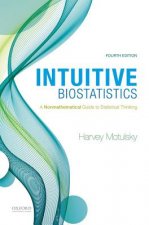
Intuitive Biostatistics
132.30 € -
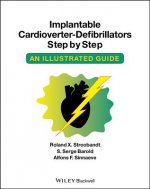
Implantable Cardioverter - Defibrillators Step by Step - An Illustrated Guide
89.29 € -

Politics of Evolution
74.54 € -

Manual of 3D Echocardiography
119.40 € -

Making a Spinet by Traditional Methods
18.12 € -
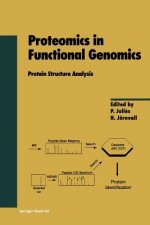
Proteomics in Functional Genomics
275.98 € -

Connecting Brain Research With Effective Teaching
67.78 € -

Factories of Death
59.90 € -

Designing EEG Experiments for Studying the Brain
98.61 € -
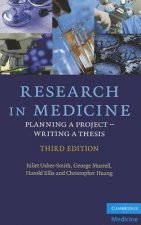
Research in Medicine
62.77 € -

Tendon Regeneration
170.91 € -

Bergey's Manual of Systematic Bacteriology
564.87 € -

Research Methods in Human Skeletal Biology
99.33 € -

Practical Hemostasis and Thrombosis 3e
150.32 € -

Histopathology
56.42 € -7 % -

Aesthetic Laser Therapy
300.45 € -

Urodynamics
156.06 € -

Bergey's Manual of Systematic Bacteriology
395.59 € -
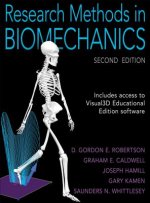
Research Methods in Biomechanics
109.87 € -13 % -

Lung Cancer
152.17 € -

Applied Longitudinal Data Analysis
193.34 € -
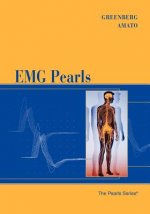
EMG Pearls
92.26 € -
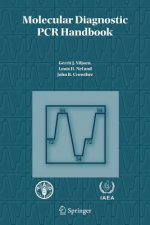
Molecular Diagnostic PCR Handbook
289.70 € -

Atlas of Cerebrospinal Fluid Cells
139.57 € -

Corneal Biomechanics and Refractive Surgery
70.86 € -
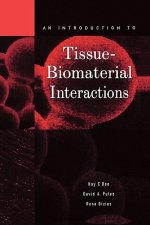
Introduction to Tissue-Biomaterial Interactions
248.74 €
Osobný odber Bratislava a 2642 dalších
Copyright ©2008-24 najlacnejsie-knihy.sk Všetky práva vyhradenéSúkromieCookies



 21 miliónov titulov
21 miliónov titulov Vrátenie do mesiaca
Vrátenie do mesiaca 02/210 210 99 (8-15.30h)
02/210 210 99 (8-15.30h)